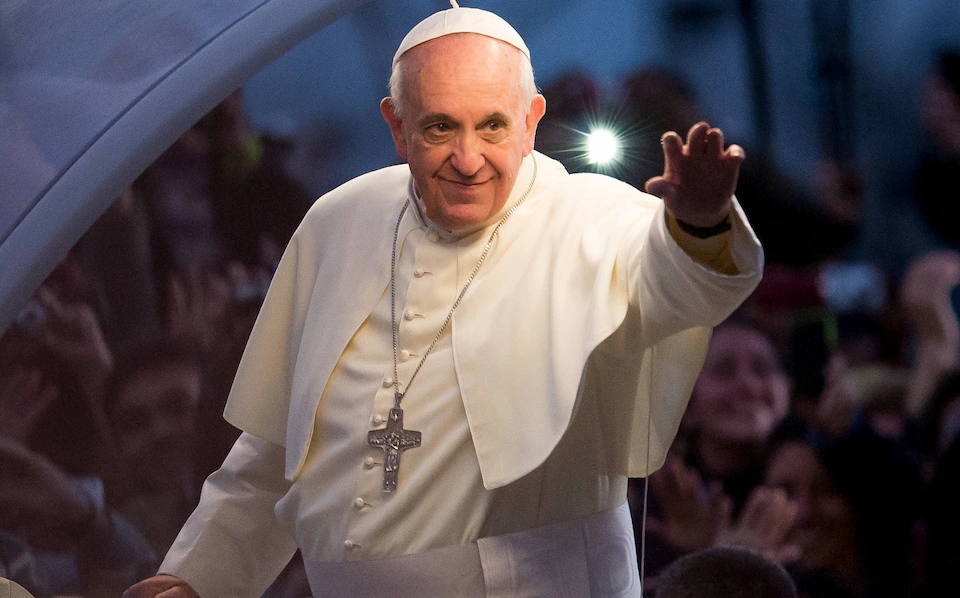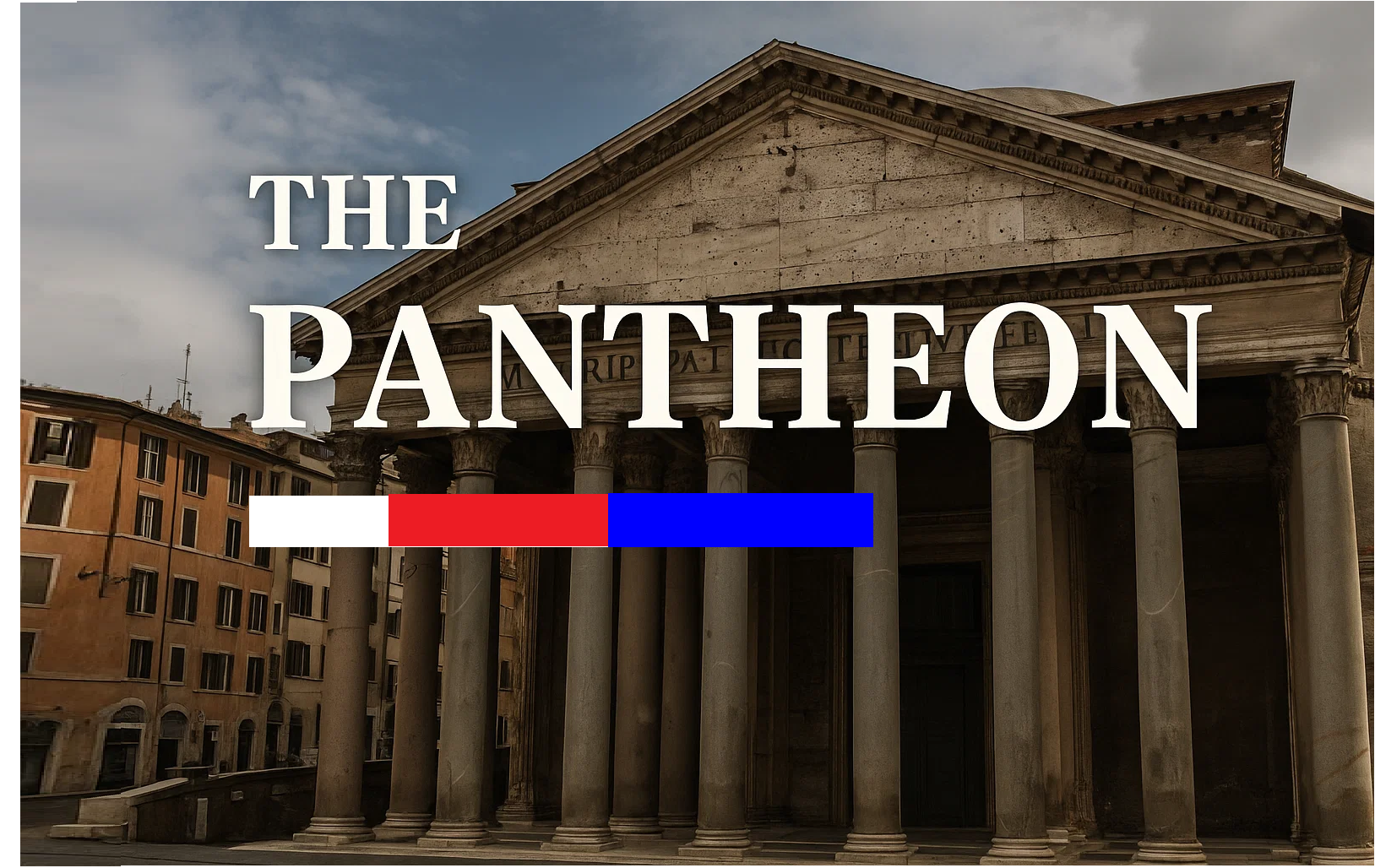The doctors had implored him to ease his schedule and avoid the crowds to stave off infection. Pope Francis agreed up to a point – but it was simply not in his nature to comply fully.
After all, there were benedictions to bestow, babies to bless, prisoners to comfort. As far as the pontiff was concerned, God’s work never stopped – not even if you were 88 and recovering from a near-fatal bout of double pneumonia.
And so, towards the end of Holy Week, the Pope was more visible than at any time since his discharge from Rome’s Agostino Gemelli Hospital on March 23, where he had undergone five weeks of intensive treatment, his life on the line for much of that time. He had allowed himself a convalescence of less than a month. The doctors had recommended two.
They had seen how close he had come to death in those weeks in hospital. In fact, he had been so ill, battling pneumonia in both lungs, that they had considered letting him die, according to Dr Sergio Alfieri, the head of his medical team.
Although the Pope remained conscious throughout his time in hospital, there were moments he struggled to breathe, particularly after he suffered a “bronchospasm crisis” in late February. It was so bad, the doctors fretted he would not survive the night.
The odds were against him, and not just because of his age. His lungs had been in bad shape for decades; the upper part of the right one had been removed after he suffered a respiratory infection when he was 21.
Yet somehow he pulled through. As Lent drew to a close it seemed that, remarkably – perhaps even miraculously – this famously doughty Pope might yet regain his full health.
Easter Sunday address
Of course, he was not the man he once was. However, several appearances on Easter Sunday in the hours before he died had raised hopes among the Catholic faithful that he was truly on the mend.
Looking frail but better than he had in his previous appearances since leaving hospital, Pope Francis was wheeled out onto the central loggia of St Peter’s Basilica at the end of the Urbi et Orbi, the traditional blessing recited at Easter and Christmas before the crowds in the famous piazza.
“Brothers and sisters, Happy Easter,” he said into the microphone held before him, drawing a roar from the crowds below. His voice, though still reedy, was stronger than before. The nasal tubes carrying supplemental oxygen that he had been wearing on Palm Sunday the previous week were gone.
Given its length, the Pope was not well enough to deliver the Easter Day sermon himself, so it was read on his behalf by Archbishop Diego Ravelli, the master of liturgical ceremonies. But he remained on the balcony for 20 minutes and imparted the Apostolic blessing in Latin.
The Vatican also made it clear that these were very much the Pope’s words, crafted and written by the pontiff, even if they were read in the voice of another. It was, it turned out, his last message to the world.
Pope Francis sips water with a straw during his appearance on the balcony of St Peter’s basilica during the Urbi et Orbi message - TIZIANA FABI/AFP via Getty
The sentiments contained in his final Urbi et Orbi (“to the city and the world”) were those he had expressed throughout not just his pontificate, but his entire ecclesiastical life.
There were prayers and appeals for peace in Gaza and Ukraine, but also in more neglected conflict zones, from Congo and Myanmar to Yemen, the South Caucasus and the countries of the African Sahel.
There was also, rather pointedly, a special appeal for the treatment of migrants.
“How much contempt is stirred up at times towards the vulnerable, the marginalised, and migrants,” the Pope wrote.
“On this day, I would like all of us to hope anew and to revive our trust in others, including those who are different from ourselves, or who come from distant lands, bringing unfamiliar customs, ways of life and ideas – for all of us are children of God.”
Brief, awkward meeting with Vance
There can be little doubt that the Pope’s comments were at least in part directed at the man with whom he had just concluded a brief but visibly awkward meeting: JD Vance, the US vice-president.
The Pope had made his feelings on the Trump administration’s plans to deport migrants abundantly clear, calling them “a disgrace” in an interview in January.
Whatever their differences, the Pope’s final official meeting with a secular politician was a cordial one. Mr Vance, who converted to Roman Catholicism in 2019, was solicitous and deferential.
“I know you have not been feeling great, but it’s good to see you in better health,” he said, adding that he prayed for the Pope “every day”.
The Pope reciprocated by presenting the vice-president with three large chocolate Easter eggs for his younger children as well as a Vatican tie and rosaries. There was no mention of migration, or even of politics, at least not in the footage released by the Vatican, and the meeting lasted minutes.
Credit: Vatican TV -
Later in the day, after his appearance on the loggia, the Pope was driven around St Peter’s Square in his famous open-topped popemobile. This was, as ever, Pope Francis in his element. Passing through the crowds, he frequently stopped to bless babies passed to him – even if he visibly struggled to raise his arm more than a few inches.
Everywhere he went, the crowds cheered wildly, calling out “Viva il Papa”, or “Long live the Pope”. For just under an hour, the Pope remained in the piazza, which was festooned with daffodils and tulips for Eastertide. It was the last time the public would see him alive.
The Pope greets a child during the Easter Mass in St Peter’s Square on Sunday - Vatican Media via Vatican Pool/Getty
It was not just on Easter Sunday that the Pope was active. Although much less visible than would normally have been the case during Holy Week, he refused entirely to abandon his schedule.
On Holy Saturday – as the Catholics call Easter Eve – he delegated the duties for the traditional vigil to his cardinal but appeared at St Peter’s Basilica to pray and give sweets to children.
He marked Good Friday in private but insisted on maintaining his tradition of visiting prisoners on Maundy Thursday, travelling to Rome’s Regina Coeli prison in the capital’s Trastevere district.
He could not, as he had in previous years, replicate Christ’s actions by washing their feet, he told them, but he insisted he would not have missed the occasion for the world.
“I can’t do it this year, but I want to be close to you,” he said.




